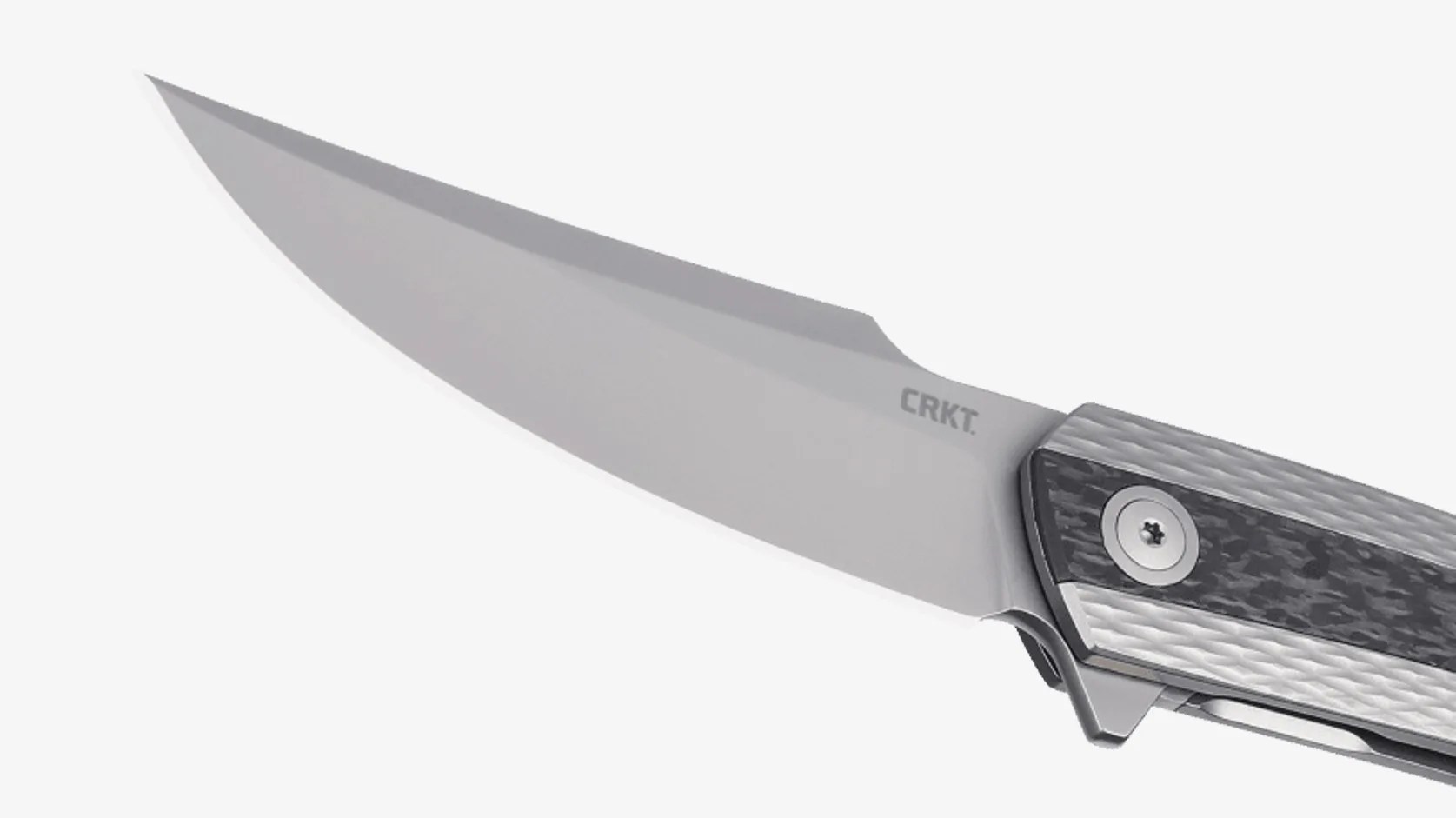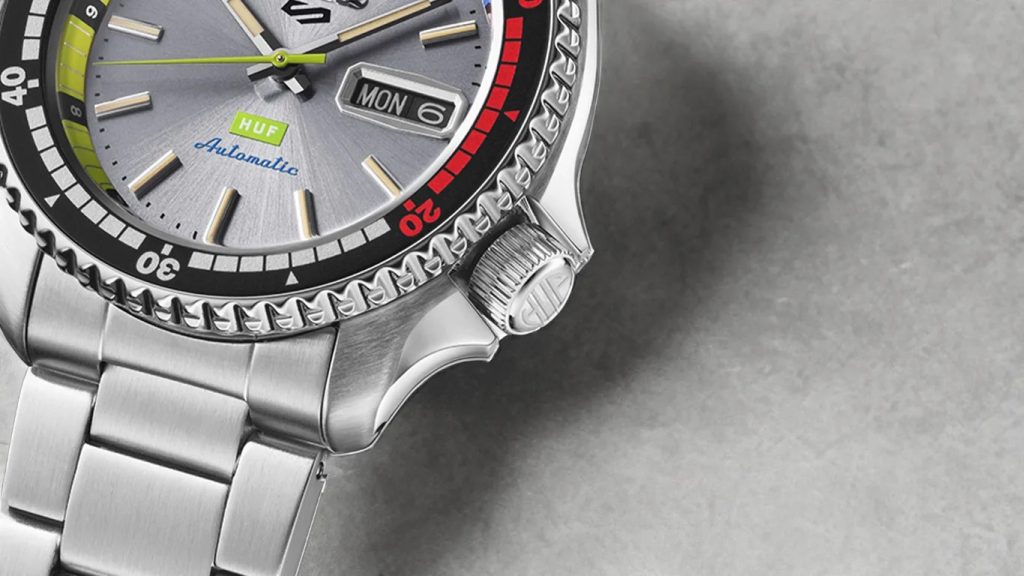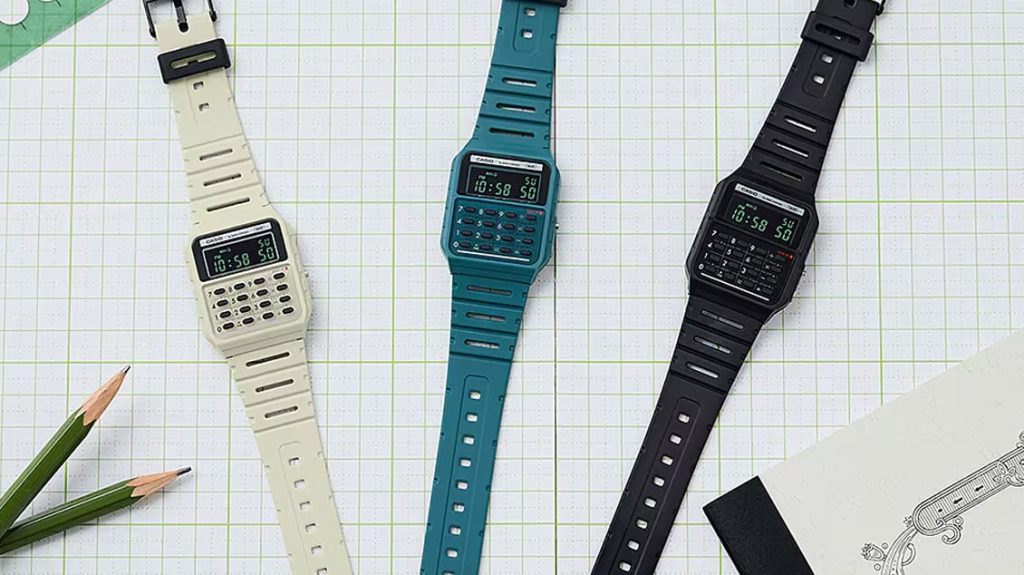Hybrid history
In the product description, you’ll read that “the blade has been reimagined with a ‘harpoon Persian’ shape.” Those two words spotlight what is so distinctive here. While some might argue that they merge together — it can be hard to tell where the harpoon ends and the Persian begins — we can still break them down separately.
The first word, harpoon, refers primarily to that curved cutout at rear of the top of the blade, which dates back to — or is at least inspired by — the whaling industry of the 1800s. Just as an actual harpoon’s barbs enable it to lodge into a whale or large fish and pull it closer, a harpoon blade could be attached to a pole for spear hunting or fishing.
The second word, Persian, focuses more on the front of the blade, which can alternately be called “trailing point” or “upswept.” This shape, designed to pierce chainmail and other armor, emerged from Iran and spread through Central Asia in the 1500s.
What purpose do these contours serve in modern times? While largely ornamental here, they have appeared, separately or together, on various hunting, fishing, tactical and survival knives.



